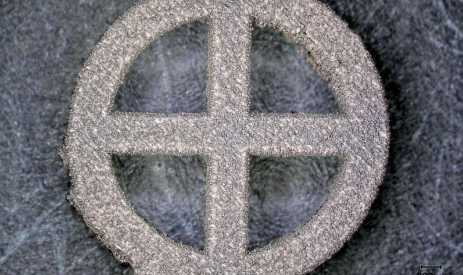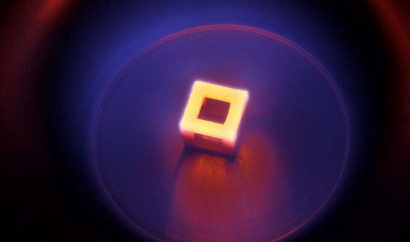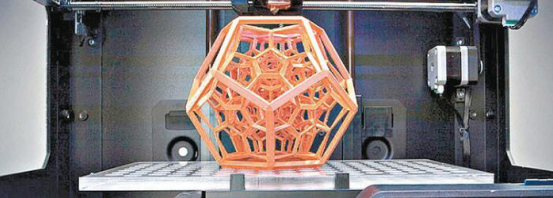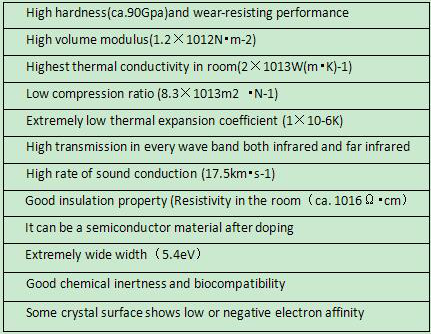Company tel:+86-379-63184520
Contact number:+86-15937921751
Postcode:471000
Email:info@yuxindiamond.com
Address:3-1-508 Luoyang National University Science Park, No. 2 Penglai Road, Jianxi District, Luoyang, China 471000
Researchers Bring the Bling to Improve Implants
In a world first, Australian researchers have harnessed the power of diamonds in a breakthrough that could lead to radical improvements in the way human bodies accept biomedical implants. Researchers from RMIT University have for the first time successfully coated 3D printed titanium implants with diamond.

The development is the first step toward 3D printed diamond implants for biomedical uses and orthopaedics—surgical procedures involving the human musculoskeletal system. While titanium offers a fast, accurate and reliable material for medical grade and patient-specific implants, our bodies can sometimes reject this material. This is due to chemical compounds on titanium, which prevent tissue and bone from interacting effectively with biomedical implants. Synthetic diamond provides an inexpensive solution to this problem.

The breakthrough has been made by biomedical engineer Dr Kate Fox and her team at RMIT's School of Engineering.We are using detonation nanodiamonds to create the coating, which are cheaper than the titanium powder.
"This coating not only promotes better cellular attachment to the underlying diamond-titanium layer, but encouraged the proliferation of mammalian cells. The diamond enhances the integration between the living bone and the artificial implant, and reduces bacterial attachment over an extended period of time.
The breakthrough was made possible with recent advances in the 3D printing of titanium scaffolds at RMIT's Advanced Manufacturing Precinct. The coating is created via a microwave plasma process at the Melbourne Centre for Nanofabrication. The titanium scaffolds and diamond are combined to create the biomaterial."It will be a number of years before a technology like this is rolled out, and there are many steps to take until we see it available to patients," Fox said. "But what we have done is taken the first crucial step in a long and potentially incredible journey."
PhD researcher Aaqil Rifai, who is working on the new technology with Fox, said diamond is so effective because carbon is a major component of the human body."Carbon has an incredible level of biocompatibility," Rifai said. "Our body readily accepts and thrives off diamond as a platform for complex material interfacing."In addition to orthopaedics, diamond has also been used to coat cardiovascular stents - tubes that help keep the heart's arteries open - and on joints, as well as in bionics and prosthetics.For now, the researchers are concentrating on how the technology can be used for orthopaedics.

"3D printing is a groundbreaking revolution in the modern era. With 3D printing we can design patient specific implants of medical grade. The technology is fast, accurate, reliable and saves labour time," Rifai said."The scalability of 3D printing is growing rapidly, so we can expect to see diamond coatings to become common in orthopaedics sometime in the near future."
Diamond, as one of the most special materials in natural world, is featured with the highest hardness, low friction coefficient, high elasticity modulus, high thermal conductivity, high insulation class, wide energy gap, great sound propagation rate and favorable chemical stability, which are presented in below Table. In spite of such unique features, the natural diamond has always been existed in the form of gem, with its variability and rareness sharply limiting its application. Luoyang Yuxin Diamond Co., Ltd‘s CVD Diamond film, on the other hand, integrates such physical and chemical properties, with lower cost than natural diamond and applicable to be made into various shapes, thus enjoying extensive application prospect in electronic industry, optical field and mechanical industry.








